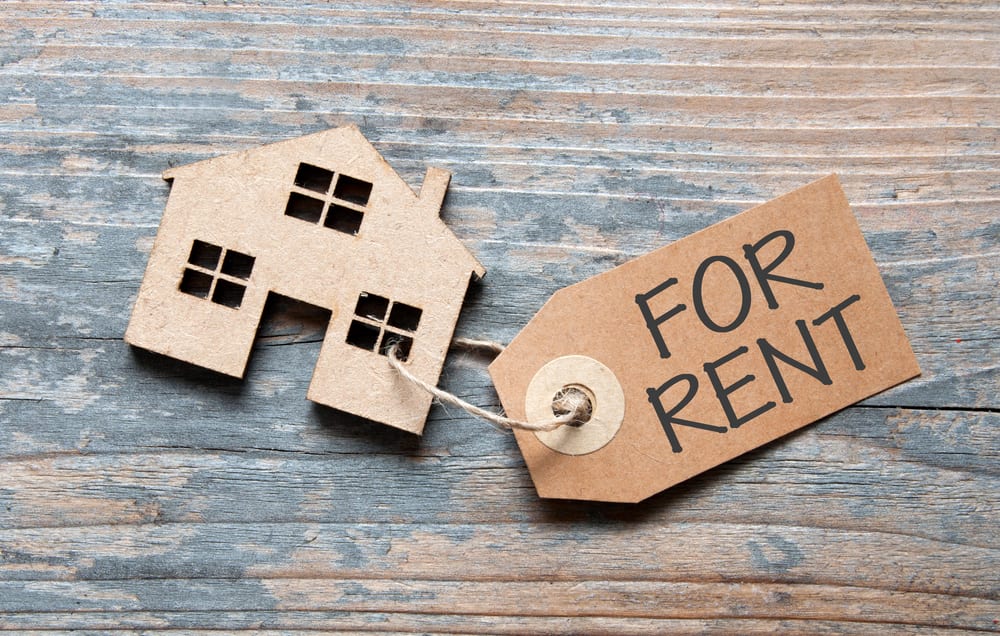If you are a property investor or existing landlord considering purchasing a buy-to-let property, it is more than likely that you will need a specialist type of property loan known as a buy-to-let mortgage. Buy-to-let mortgages are not the same as those mortgages designed for home-owners, often referred to as residential or homeowner mortgages. These two mortgage products are different in a number of ways and you should know how they differ. You should also find the best mortgage rates for rental property in order to minimise your expenses.
Who can get a buy-to-let mortgage?
You can get a buy-to-let mortgage under the following circumstances:
You want to invest in houses or flats.
You can afford to take and understand the risks of investing in property.
You already own your own home, whether outright or withsto an outstanding mortgage.
You have a good credit record and aren’t stretched too much on your other borrowings such as credit cards.
You earn £25,000+ a year. If you earn less than this you might struggle to get a lender to approve your buy-to-let mortgage
You’re under a certain age. Lenders have upper age limits, typically between 70 or 75. This is the oldest you can be when the mortgage ends, not when it starts. For example, if you’re 45 when you take out a 25-year mortgage, it will finish when you’re 70.
How do buy-to-let mortgages work?
Buy-to-let mortgages are a lot like ordinary mortgages, but with some key differences:
The fees tend to be much higher.
Interest rates on buy-to-let mortgages are usually higher.
The minimum deposit for a buy-to-let mortgage is usually 25% of the property’s value (although it can vary between 20-40%).
Most buy-to-let mortgages are interest-only. This means you pay the interest each month, but not the capital amount, so at the end of the mortgage term, you repay the original loan in full. Buy-to-let mortgages are also available on a repayment basis.
Most buy-to-let mortgage lending is not regulated by the Financial Conduct Authority (FCA). There are exceptions, for example, if you wish to let the property to a close family member (e.g. spouse, civil partner, child, grandparent, parent or sibling). These are often referred to as a consumer buy to let mortgage and are assessed according to the same strict affordability rules as a residential mortgage.
Advising, arranging, lending, and administering buy-to-let mortgages for consumers is all covered under the same laws as residential mortgages and is regulated by the Financial Conduct Authority (FCA)
How much can you borrow for buy-to-let mortgages
The maximum you can borrow is linked to the amount of rental income you expect to receive and lenders typically need the rental income to be 25–30% higher than your mortgage payment. To find out what your rent might be, talk to local letting agents, or check the local press and online to find out how much similar properties are rented for.
Where to get a buy-to-let mortgage
Most of the big banks and some specialist lenders offer buy-to-let mortgages. It’s a good idea to talk to a mortgage broker before you take out a buy-to-let mortgage, as they will help you choose deals that offer the most suitable mortgage rates for rental property.
Using price comparison websites
Comparison websites are a good starting point for anyone trying to find a mortgage tailored to their needs.
However, you should keep in mind that:
Comparison websites won’t all give you the same results, so make sure you use more than one site before making a decision.
It is also important to do some research into the type of product and features you need before making a purchase or changing supplier.
Don’t just look at the headline rates offered on the mortgage. There are often other fees and charges involved.
Plan for times when there’s no rent coming in
Don’t assume your property will always have tenants. There will almost certainly be ‘voids’ when the property is unoccupied or rent isn’t paid and you’ll need to have a financial ‘cushion’ to meet your mortgage payments. When you do have rent coming in, use some of it to top up your savings account as you may also need savings for major repair bills.
Don’t rely on selling the property to repay the mortgage
Don’t fall into the trap of assuming you’ll be able to sell the property to repay the mortgage. If house prices fall, you might not be able to sell for as much as you had hoped. If this happens, you’ll be left to make up the difference on the mortgage.
Buy-to-let and tax
Capital Gains Tax
If you’re a basic rate taxpayer, then Capital Gains Tax on buy to let second properties is charged at 18%, and if you’re a higher or additional rate tax payer it’s charged at 28%. With other assets, the basic-rate of CGT is 10%, and the higher-rate is 20%.
If you sell your buy-to-let property for profit, you will usually pay CGT if your gain is higher than the annual threshold of £12,000 (for the 2020/21 tax year). Couples who jointly own assets can combine this allowance, potentially allowing a gain of £24,000 (2020/21) to be made in the current tax year.
You can reduce your CGT bill by offsetting costs like Stamp Duty, Solicitor and Estate agent fees, or losses made on a sale of a buy to let property in a previous tax year by deducting these from any capital gain.
Any gain from the sale of your property should be declared on your Self Assessment tax return for that tax year and will be included when working out your tax status for the year which could potentially push you into a higher bracket.
Income Tax
The income you receive as rent is liable for income tax and this should be declared on your Self Assessment tax return for the tax year it was earned.
This might be taxed at 20%, 40%, or 45%, depending on your income tax band.
You can offset your rental income against certain allowable expenses, for example, letting agent fees, property maintenance, and Council Tax.






